Central Otago’s Gold Rush Sights: A Historian’s Guide
Join me as we explore some of the sights and points of interest on the trail of the 19th Century gold rush in New Zealand’s Central Otago region.
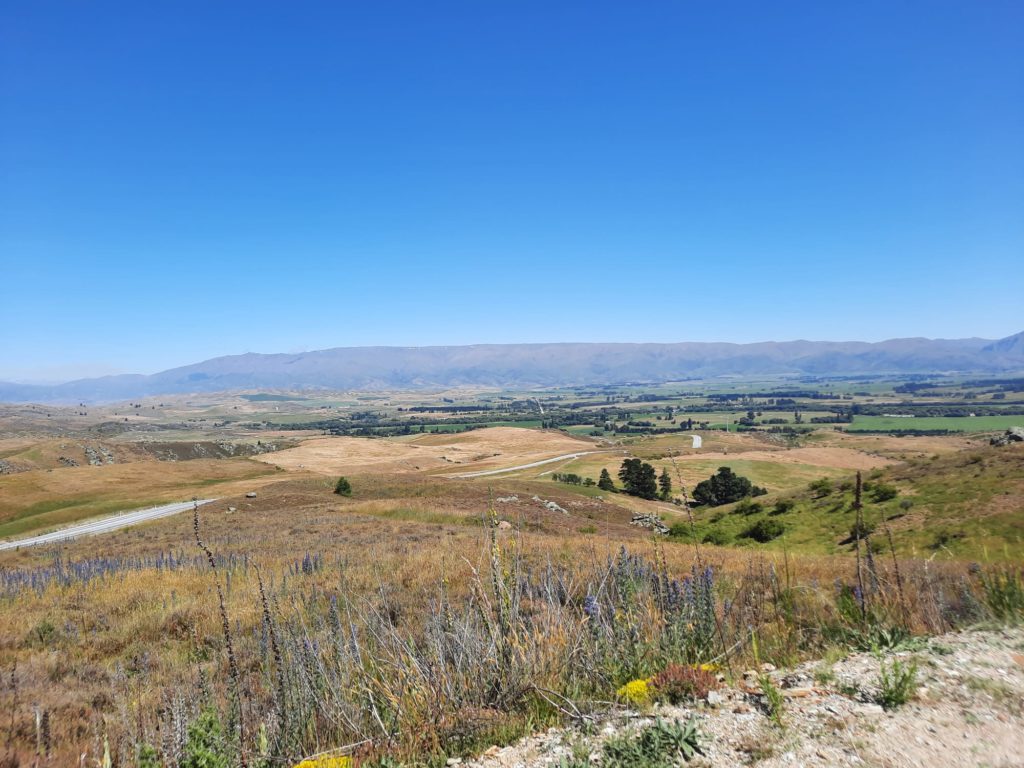
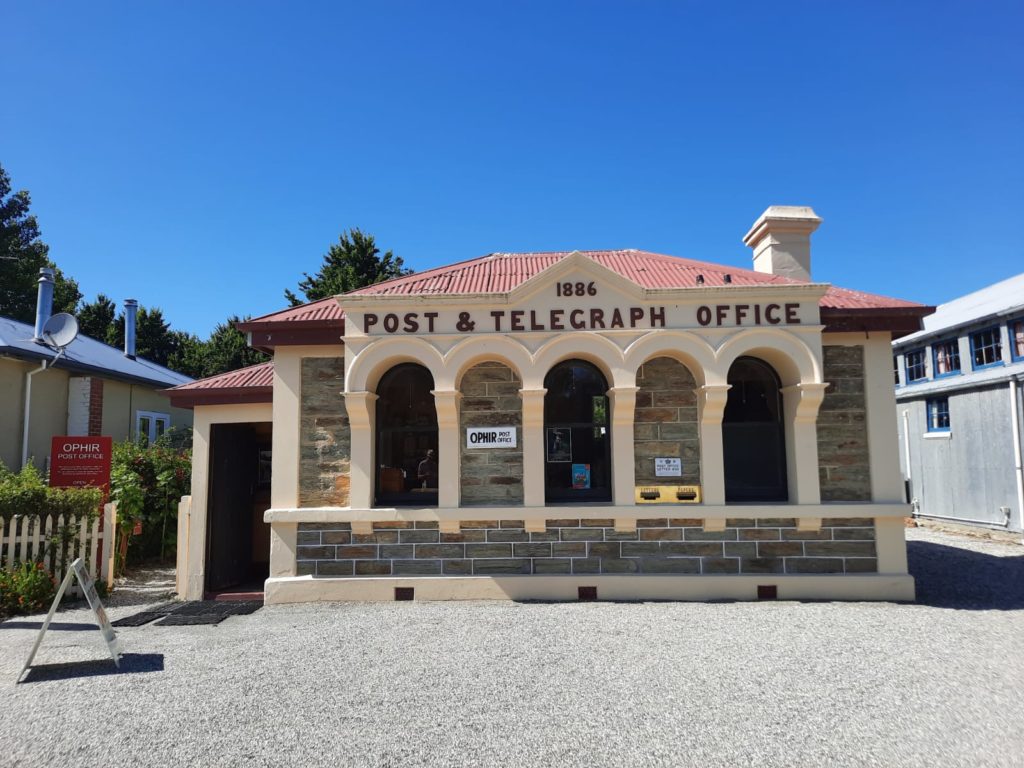
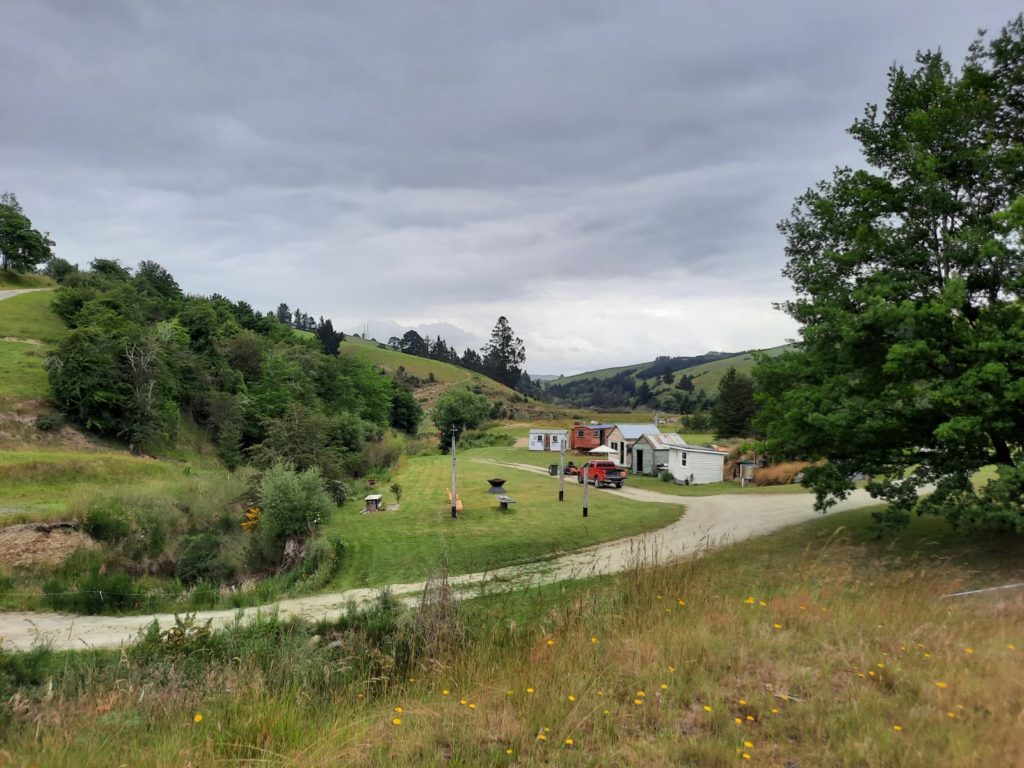
New Zealand’s Gold Rush: A Short History
Regular blog readers know that we are currently on a Salterton Arts Review excursion to New Zealand. Based primarily in my home town of Dunedin, I had opportunities to explore the Catlins region to the South, and Central Otago further inland. Today’s post takes in this latter region. Central Otago is a region of approximately 10,000 square kilometres and 25,000 inhabitants. Like the Catlins, Māori settlement of the region tended to be semi-nomadic and based around hunting and resource gathering, so the historic narrative commonly centres on European settlement. And not just any old settlement – this is the site of New Zealand’s gold rush.
In May 1861 Gabriel Read, who had already worked the goldfields of California and Australia, discovered gold near the Tuapeka River in what is now Gabriel’s Gully. This wasn’t the first time gold had been discovered in New Zealand, but it caused a gold rush of unparalleled (for New Zealand) scale. By the end of that year, 14,000 prospectors were trying their luck. From Gabriel’s Gully the gold rush spread through Central Otago. In the process Dunedin, the largest settlement in the region, grew quickly to become New Zealand’s largest city. It doesn’t remain so today, but has a lot of nice Victorian architecture reflecting this early period of wealth.
All over Central Otago, towns formed first with tents and buildings made of canvas, before taking a more permanent shape. A lot of the settlements in the region date from this period. By the end of 1863 the gold rush was over, but companies and individuals continued to mine gold until the early 20th Century. A lot of this gold was alluvial, which had a huge environmental impact. Alluvial gold is often found through panning with water or using chemicals to separate gold from sediment. Potentially contaminated tailings are dumped in huge mounds, permanently altering the landscape.
Having been shaped literally and figuratively by a gold rush, this history remains a central part of Central Otago tourism today. Read on to find out one historian’s take on this story.
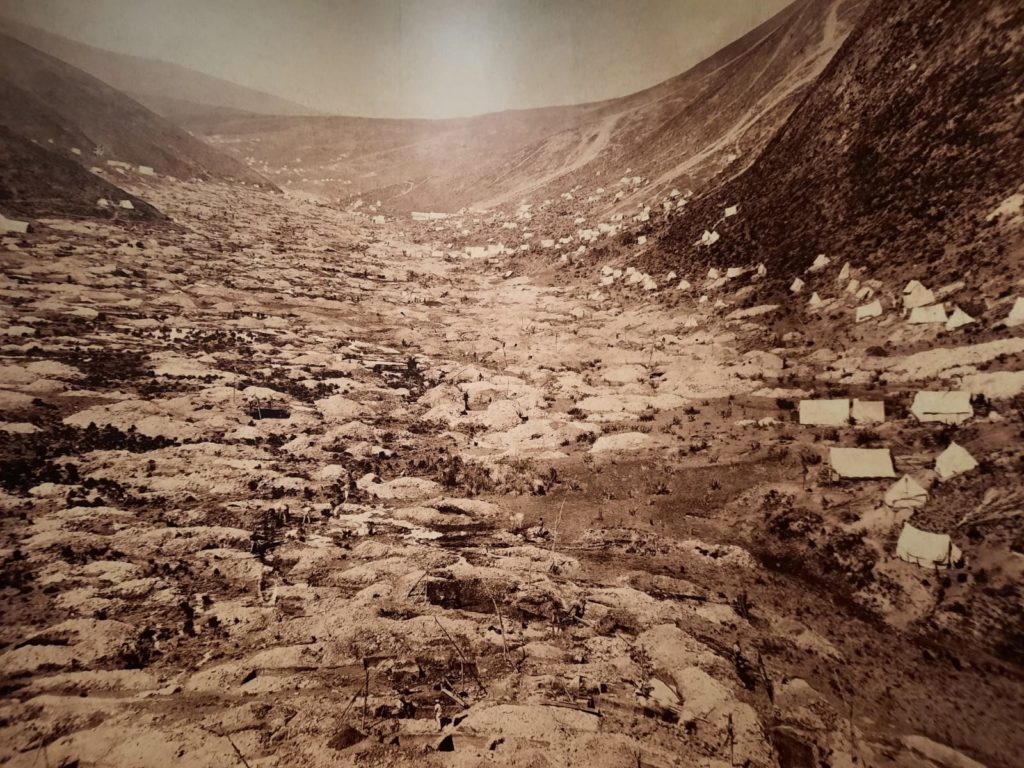
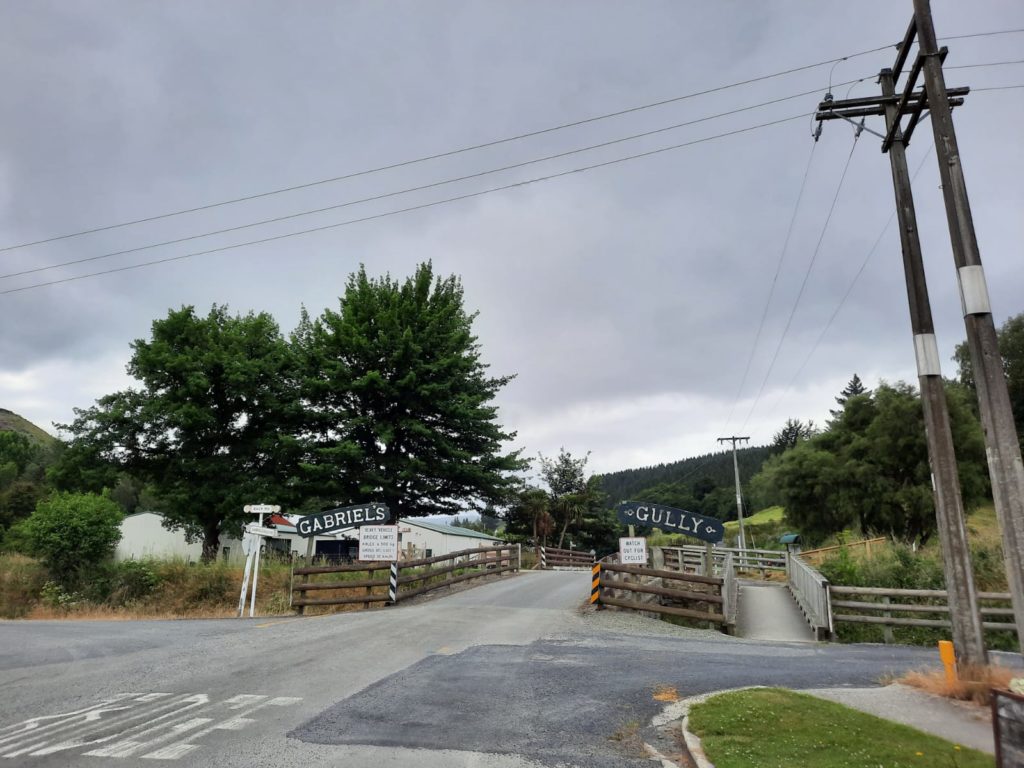
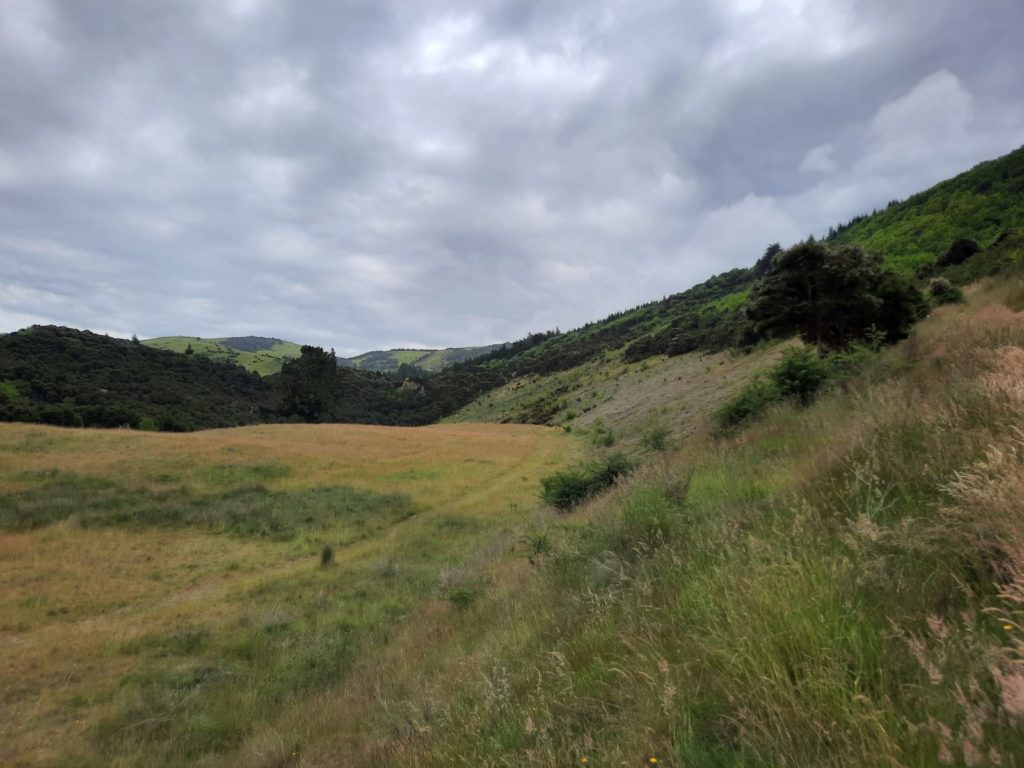
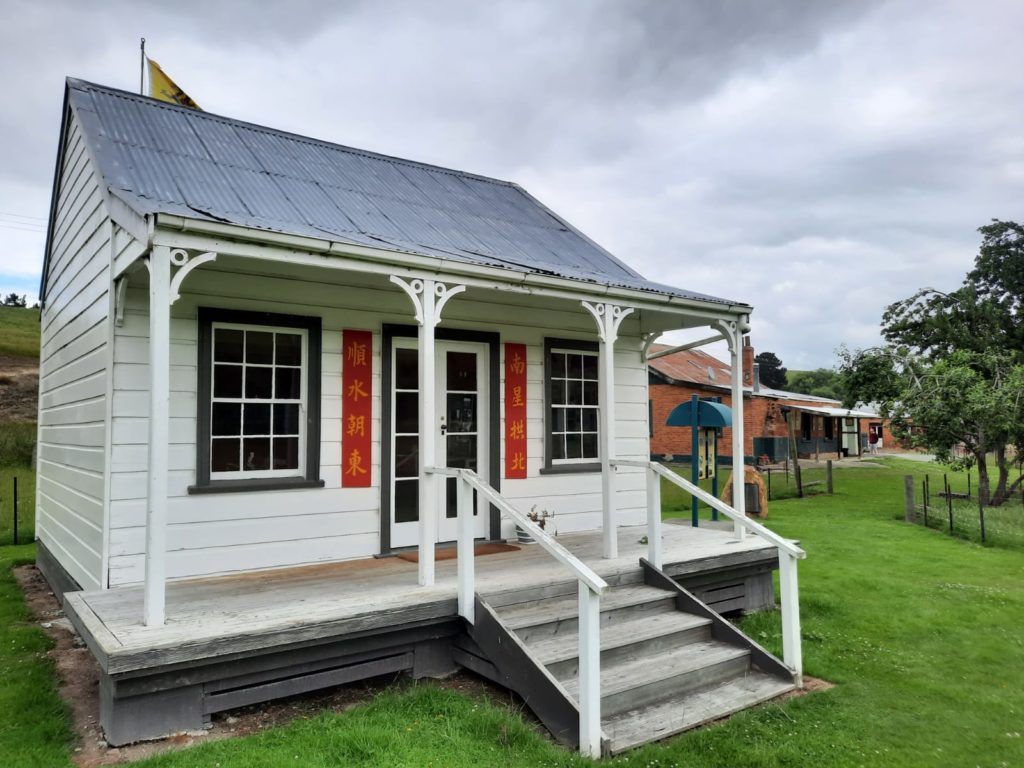

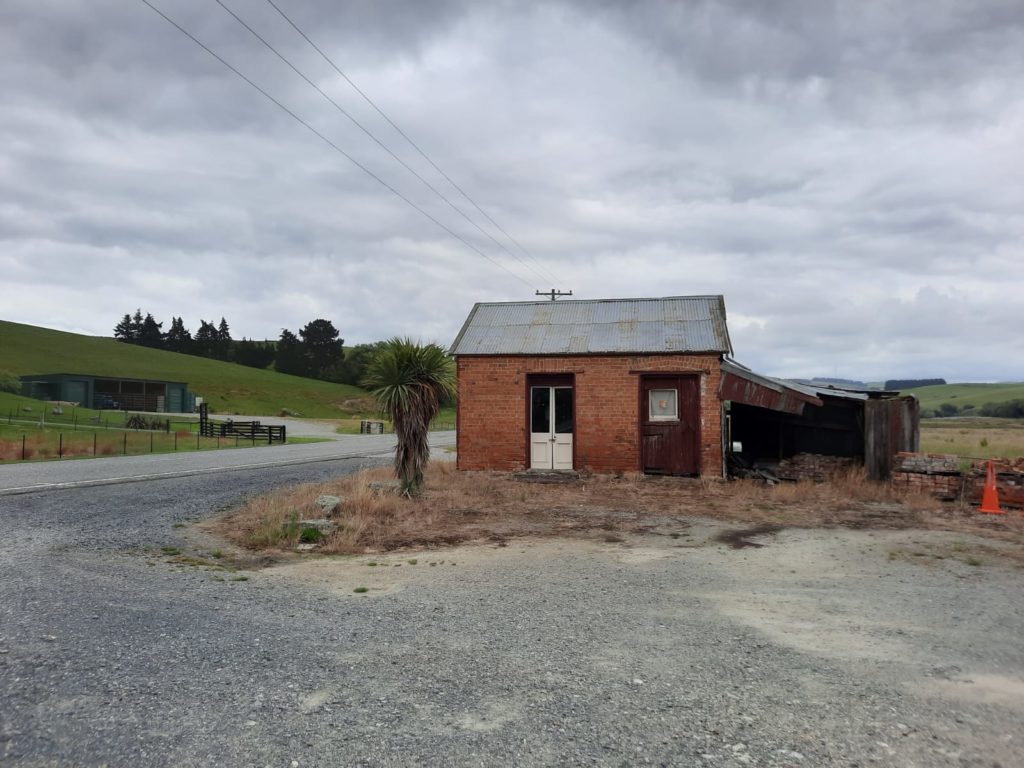
Telling The Story/Stories: Changing Attitudes
Something I have noticed, having been away from Central Otago (and indeed New Zealand) for some years, is the multiplication of voices in the story of Central Otago and its gold rush. Perhaps I’m simplifying based on my admittedly faulty memory, but what I recall is quite a straightforward narrative of miners and pioneers arriving and settling, with the careful preservation of any and all remnants associated with this one key period in the region’s history. Where additional narratives crept in, they centred on very obvious physical remains such as the Chinese miners’ huts on the outskirts of Arrowtown.
What I see today is a more layered story. While it’s still very possible to simply travel around some goldfield sites and take them at face value, there’s more emphasis on surfacing different experiences, and considering the environmental impact I discussed above. Near Lawrence, for instance, very close to where Gabriel Read struck gold, there’s a new site on the main road which explores the town’s Chinese history. Signage in various places explains how the gold rush shaped the landscape. And in local museums you can see efforts to explore the region’s Māori history rather than starting when the first miners arrived.
For me this makes touring the region a lot more interesting. I like the multiplicity of viewpoints, and the opportunity to consider things from different points of view. As this trend increases I look forward to learning more about places I’ve known and visited since childhood. We can all stand to have our preconceived ideas challenged from time to time!
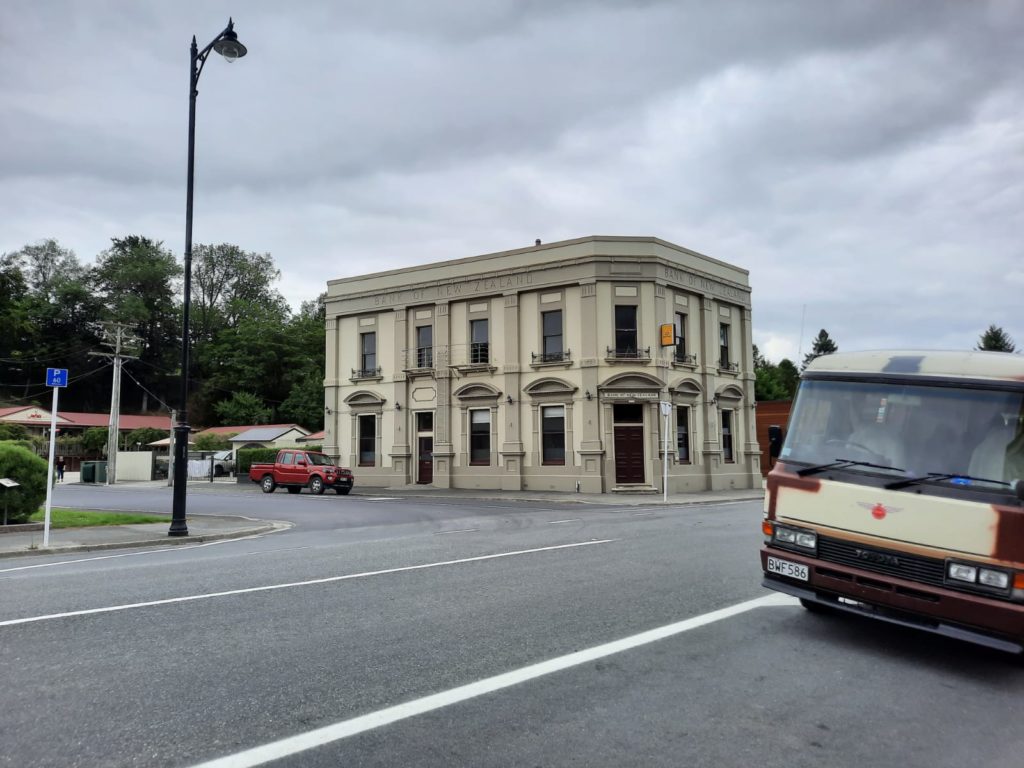
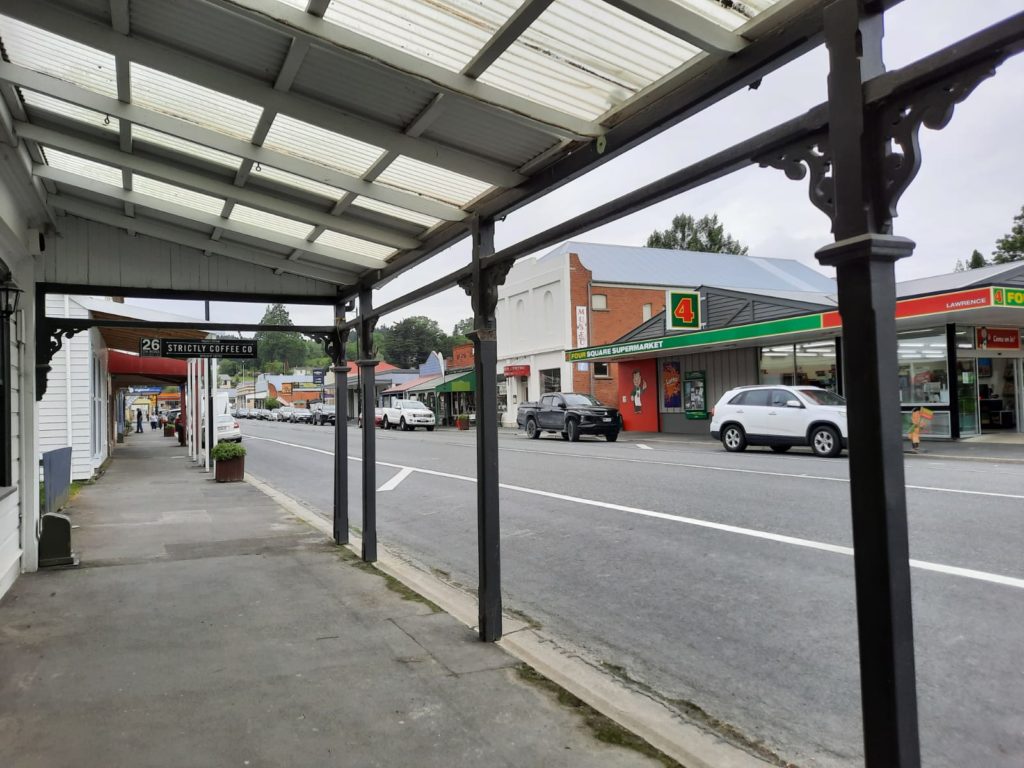
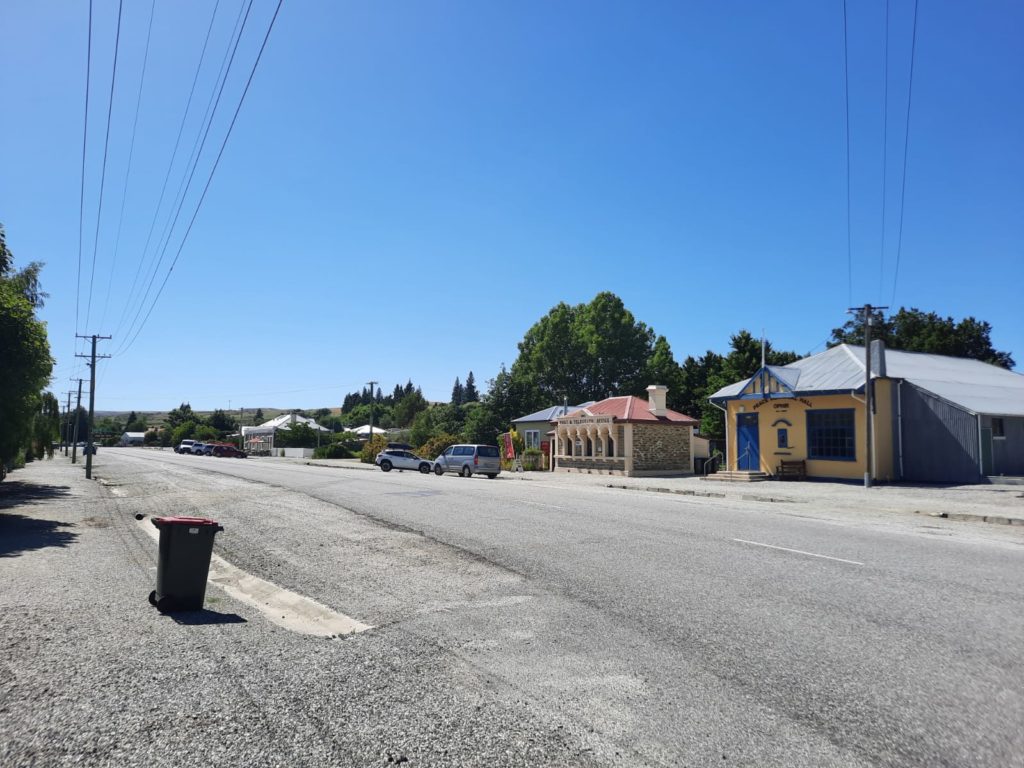
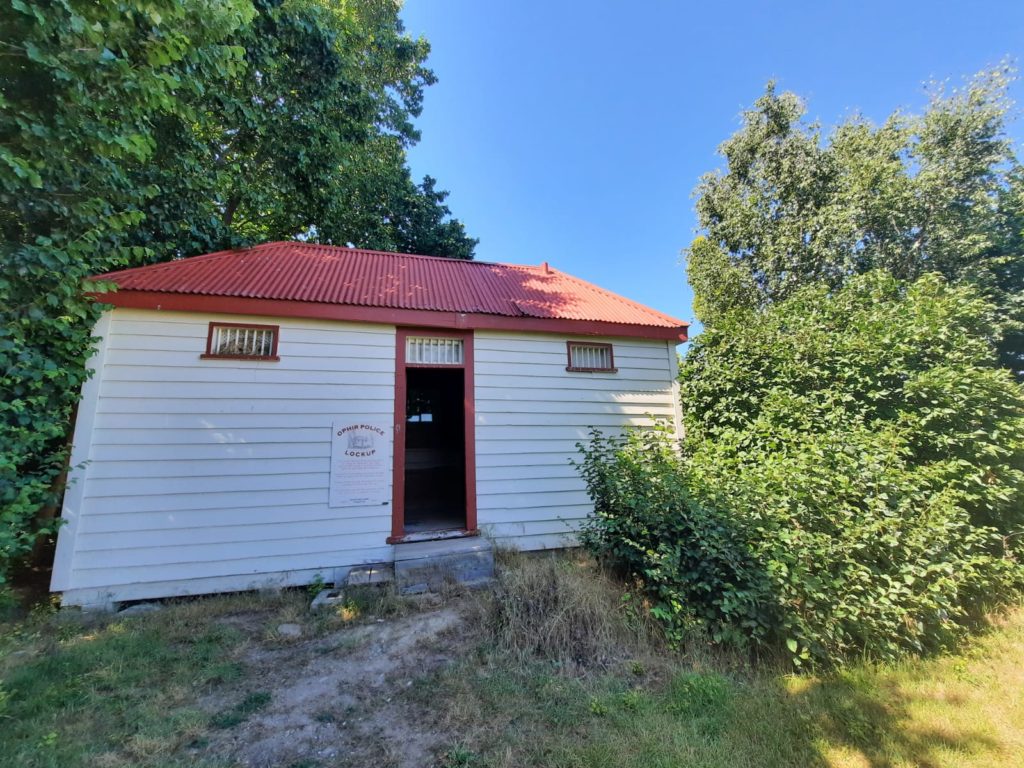
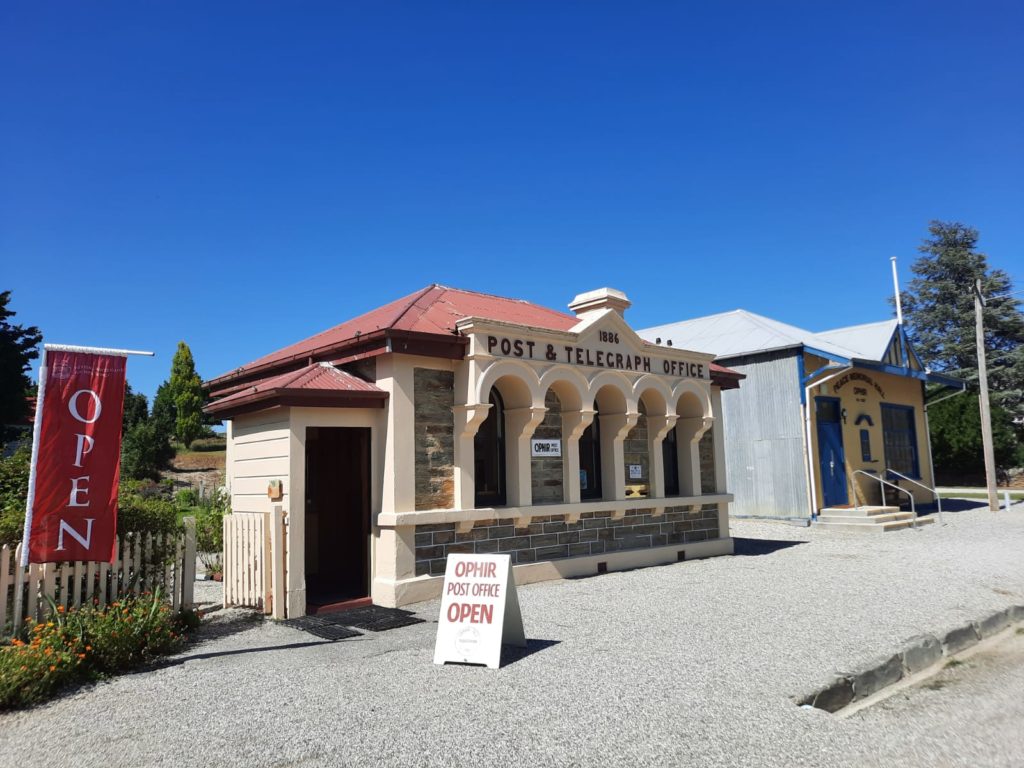
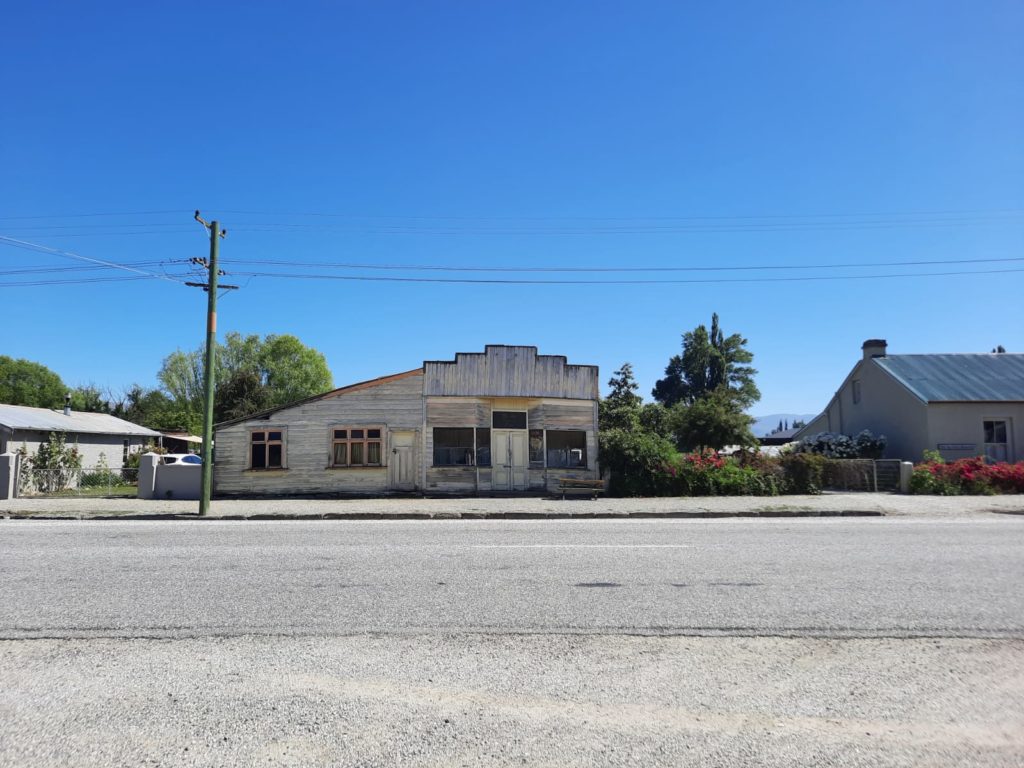
Gold Rush Towns In Central Otago
Pretty much all towns in the region have some sort of gold rush origins, so it’s easy to come across a bit of history on your travels. Here in no particular order are a few highlights from my travels on this trip and previous ones.
- Ophir (images 3-6 above) is one of the best towns to visit to get a sense of things. It’s a tiny place, and at a few spots in town you can pick up a pamphlet which tells you the history of almost every building. Make sure you come over the old bridge to get a feel for the days when travel was by coach. And stop at the old jail and post office to see images of Ophir’s origin as a bunch of tents.
- Because I’ve always travelled to Central Otago from Dunedin, Lawrence for me is a halfway point and lunch spot. But actually there is a fair amount of heritage here, with Gabriel’s Gully nearby and historic overview information displayed on several buildings. There’s also a museum.
- Cromwell is an interesting case study in historic preservation. In the 1990s the town’s original site was flooded to create the hydroelectric Clyde Dam. Historic buildings were painstakingly relocated to higher ground and can still be visited today.
- Naseby is at one edge of the Otago goldfield, and is a pleasant spot in summer as well as being New Zealand’s curling capital in winter. You can take a pleasant walk through post-gold rush forest and see the old water race as well as a pioneer cemetery.
- Finally St Bathans (which also features below) has a famous (and apparently haunted) mud brick hotel. Sleep there if you dare, or just stop off for a pleasant drink in the shaded beer garden.
This is so far from being an exhaustive list. Which gold rush towns you visit may depend a lot on your mode of transport. With a car you can cover a lot of ground of course, whereas if you are on the Otago Central Rail Trail your selection of towns will be more limited and prescriptive. I advise doing some research before you head out to make sure you don’t miss anything of particular interest.
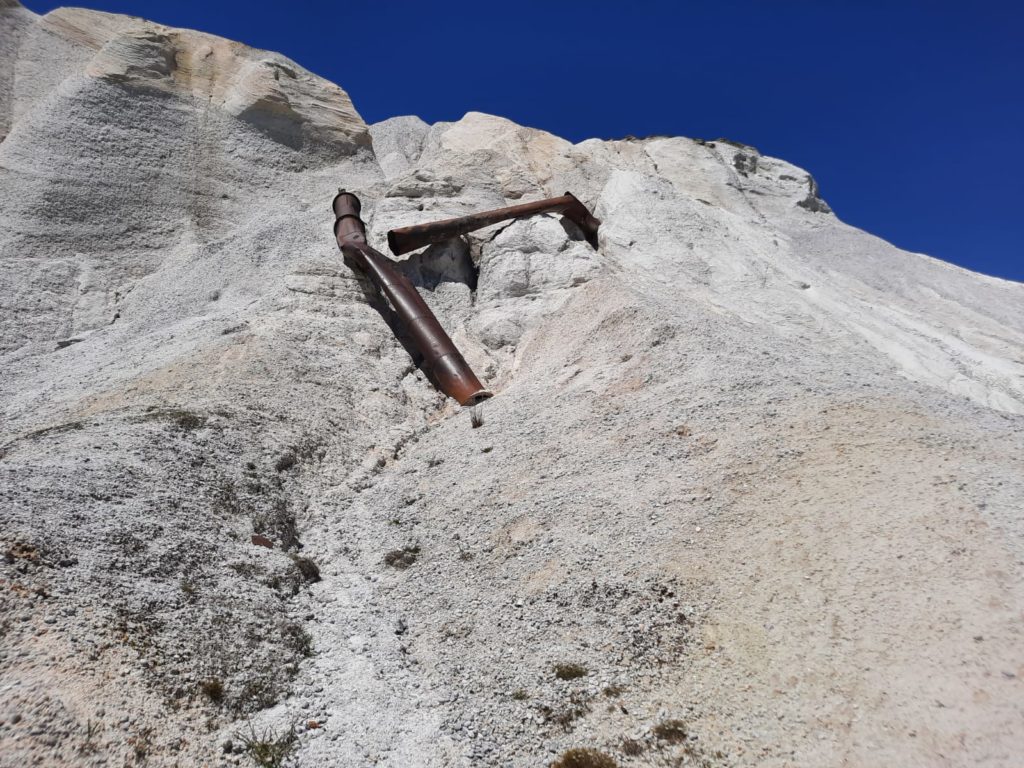
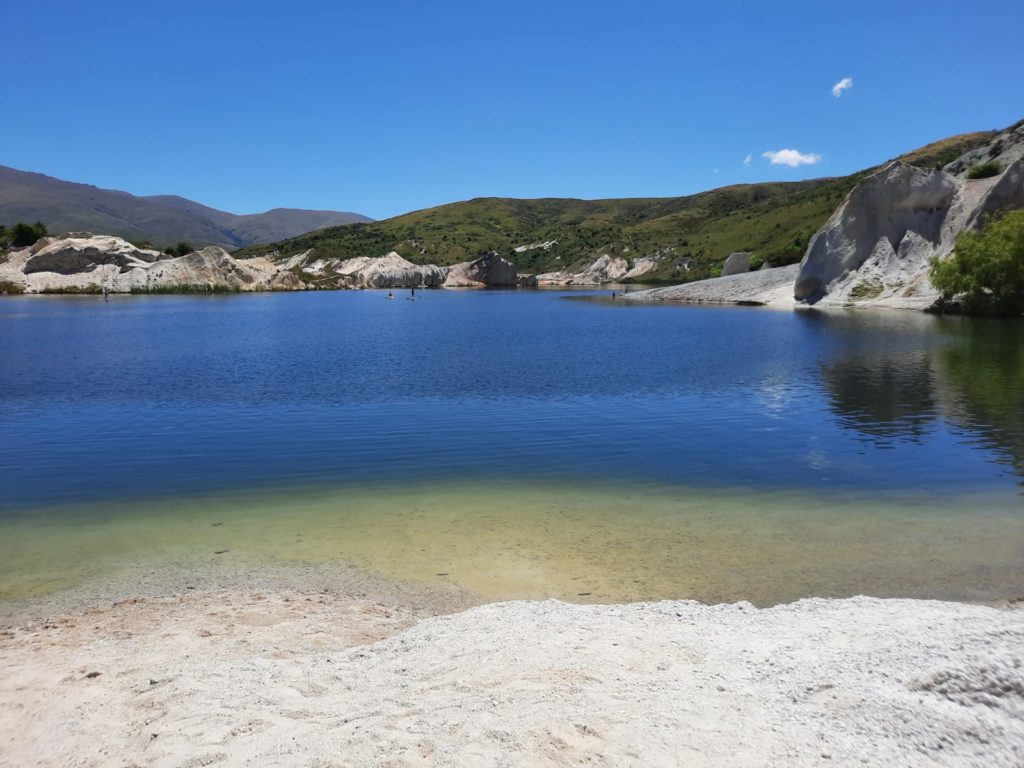
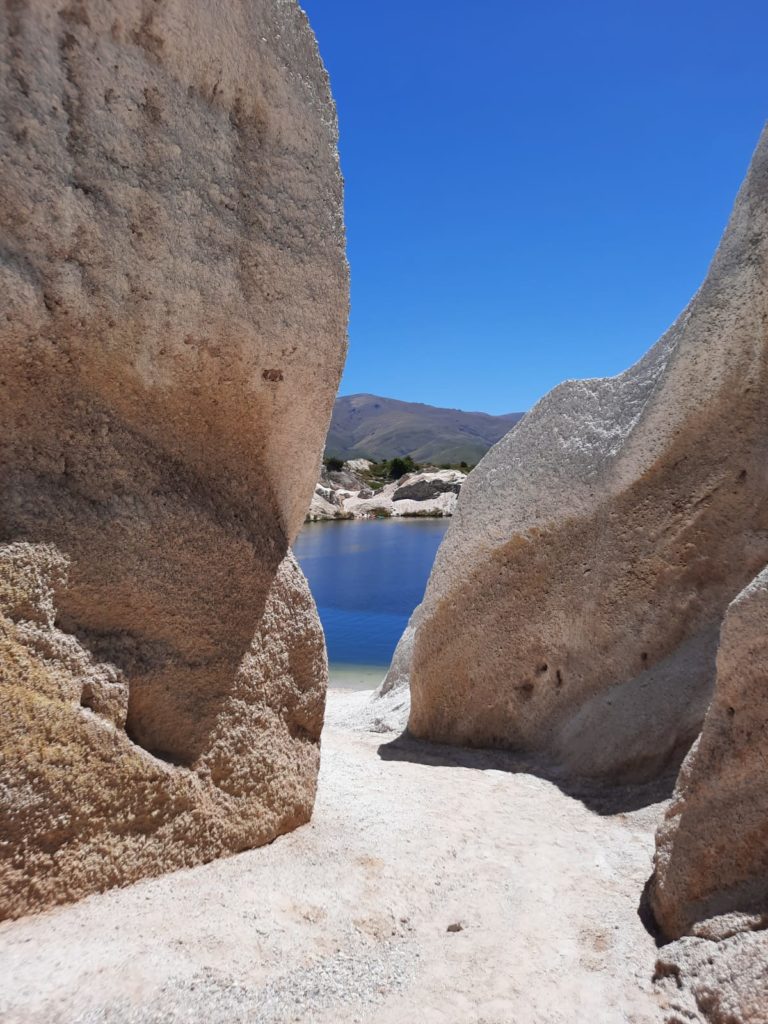

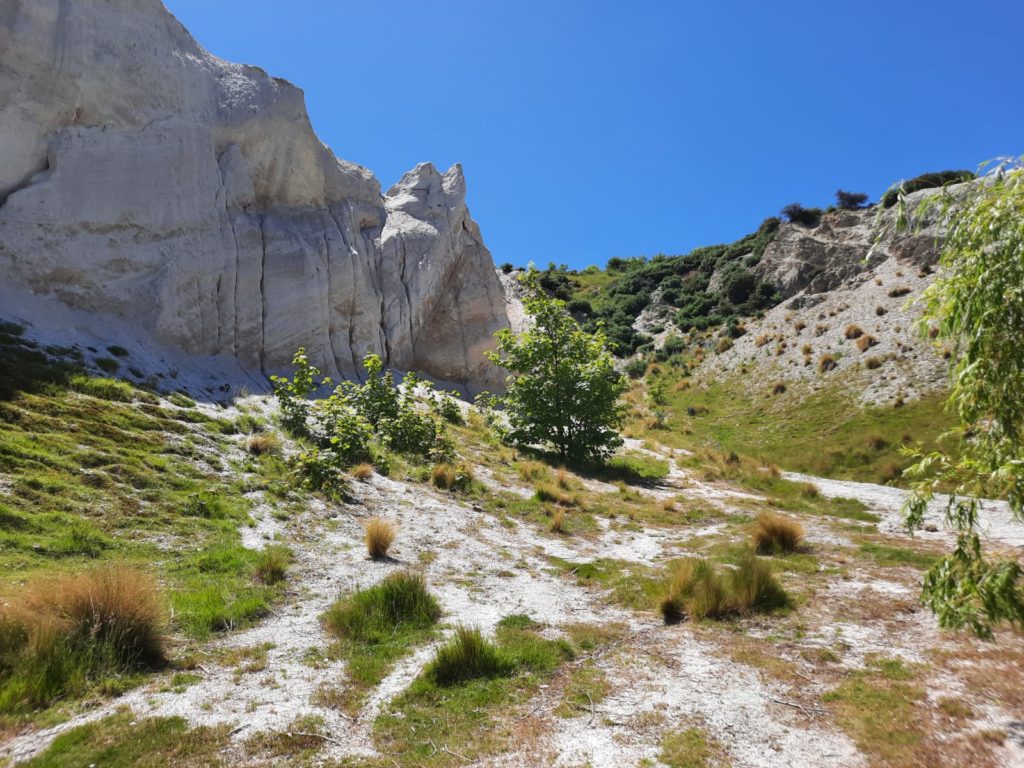

Scars On The Landscape
Just as there are numerous gold rush towns, there are a few good places to see gold rush landscapes. On the surface these are often stark, weather-beaten places that look like something out of a Western. Taking a step back, it’s often shocking to think about how much earth was disturbed, how much water redirected, and how much flora and fauna destroyed in the search for gold. Again the following are a selection based on what I know. Please do your own research to supplement this if you’re planning a trip!
- First and foremost I suggest St Bathans (images 1-5 above) to see the scars gold mining can leave behind. St Bathan’s famous Blue Lake is actually man made, filling a pit where soil was removed in the search for gold. Mining only ceased here in 1932 because there was a risk the town itself would be undermined. You can walk (carefully) around old piles of tailings which are so barren they are otherworldly. The odd bit of rusted pipe which once pumped water in for sluicing is still visible.
- Another very stark post-mining landscape is around Bannockburn. The Bannockburn Sluicings Track charts a safe route through old mine shafts and piles of earth. I recommend this option in particular because you can, with planning, end your walk at the Mount Difficulty vineyard for a wine tasting.
- Finally the Bendigo Historic Reserve is a good one to explore. Follow local signage and again be careful of old mine shafts. You can also find remnants of mud brick miner’s huts.
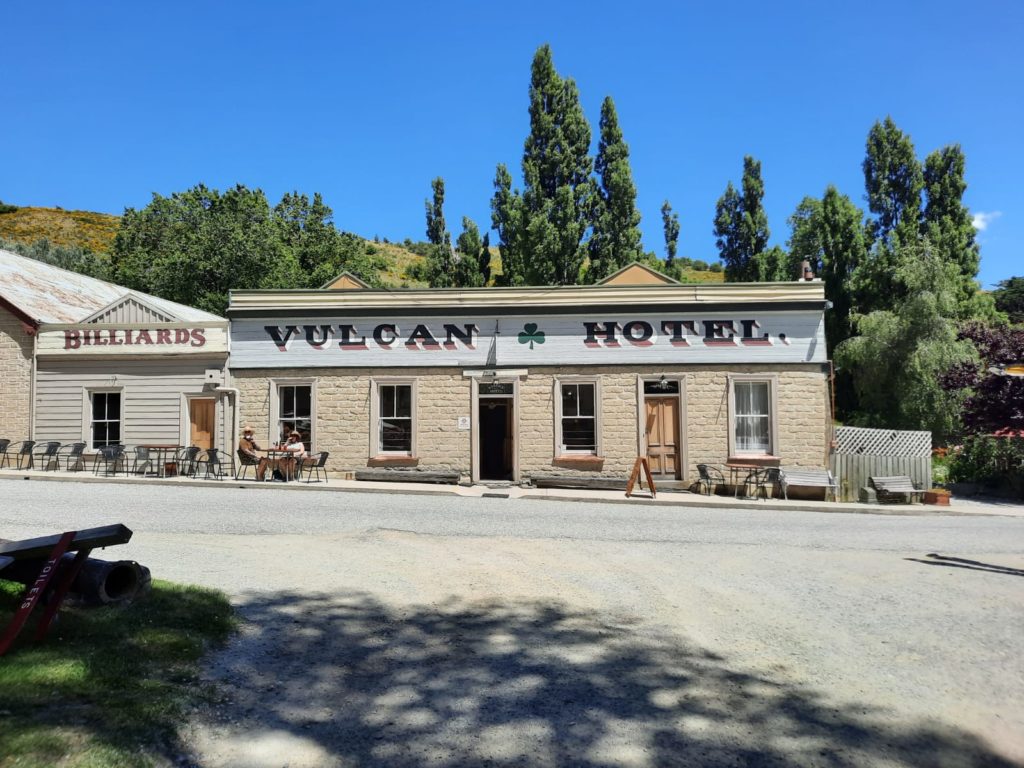
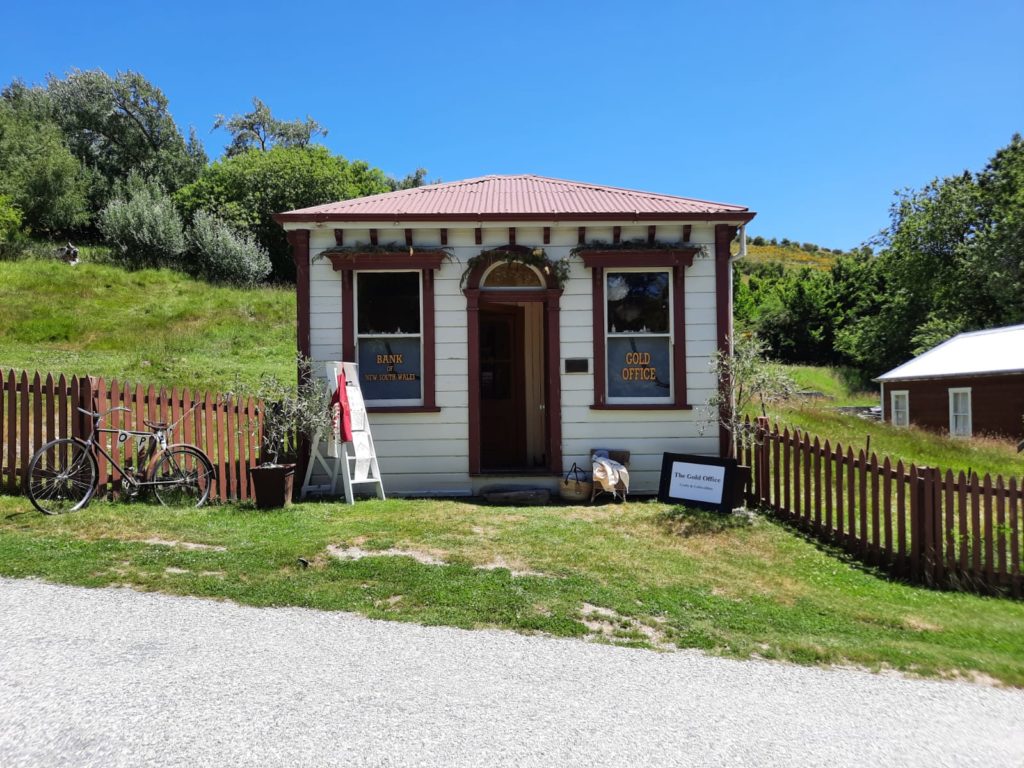
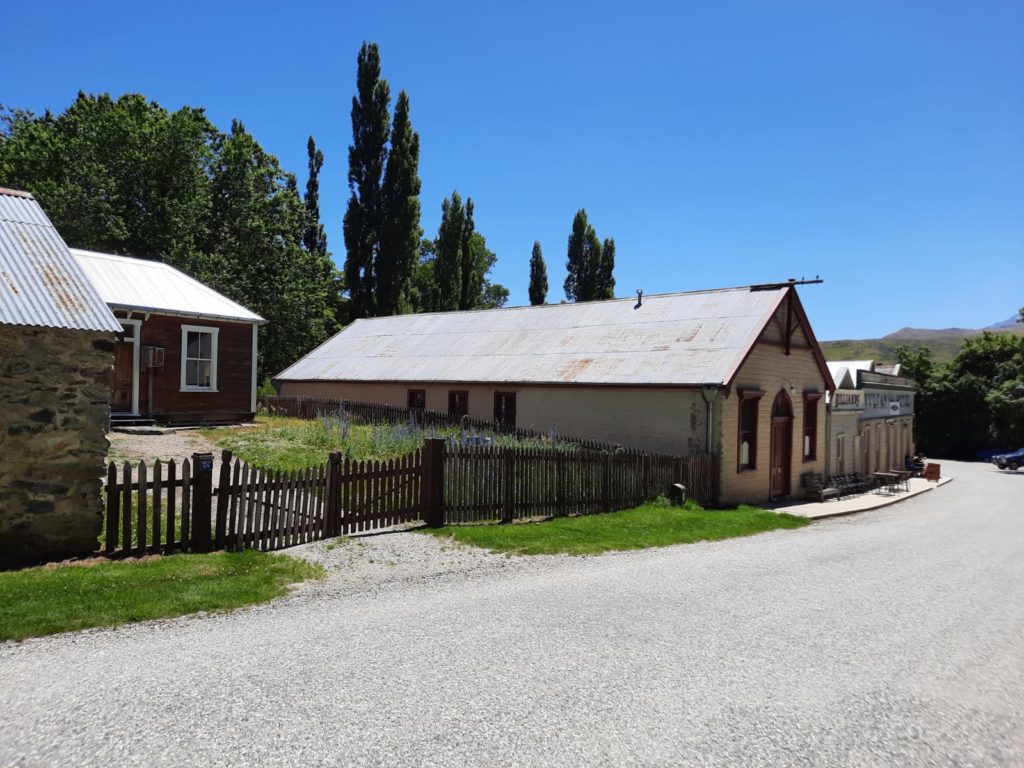
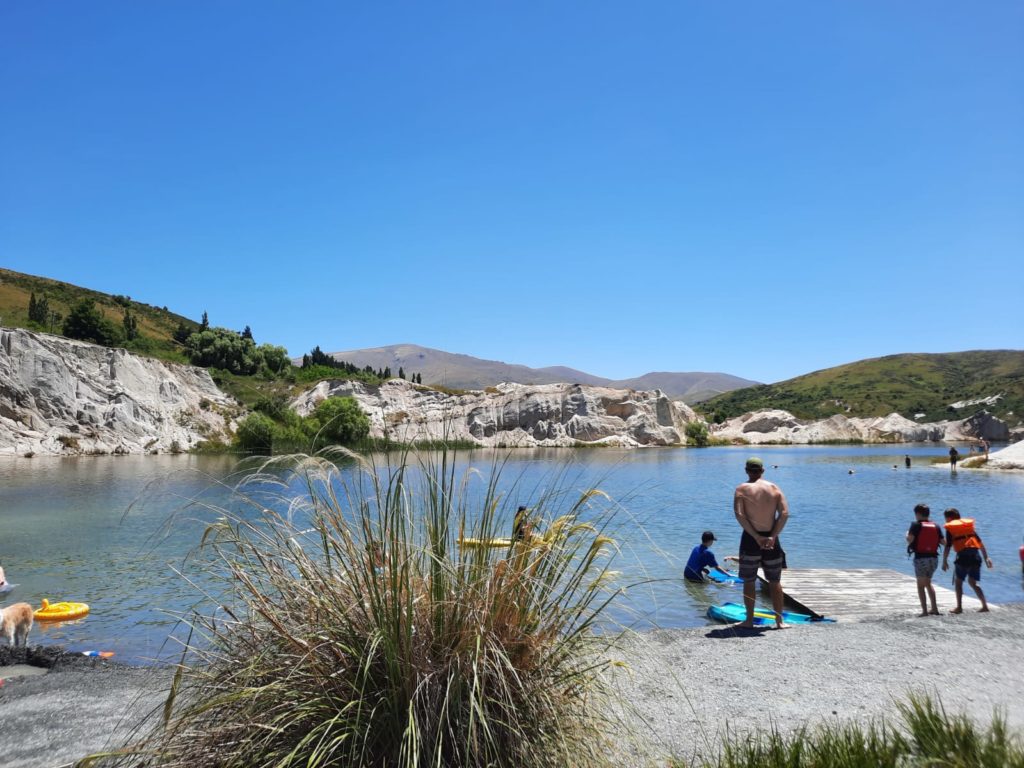
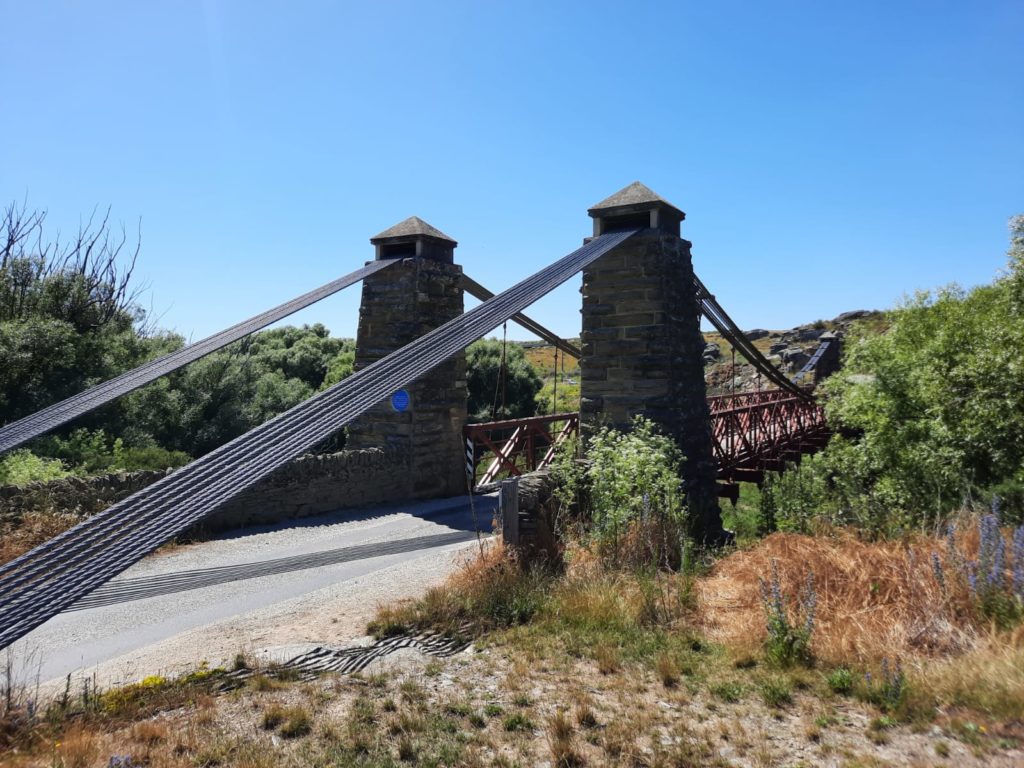
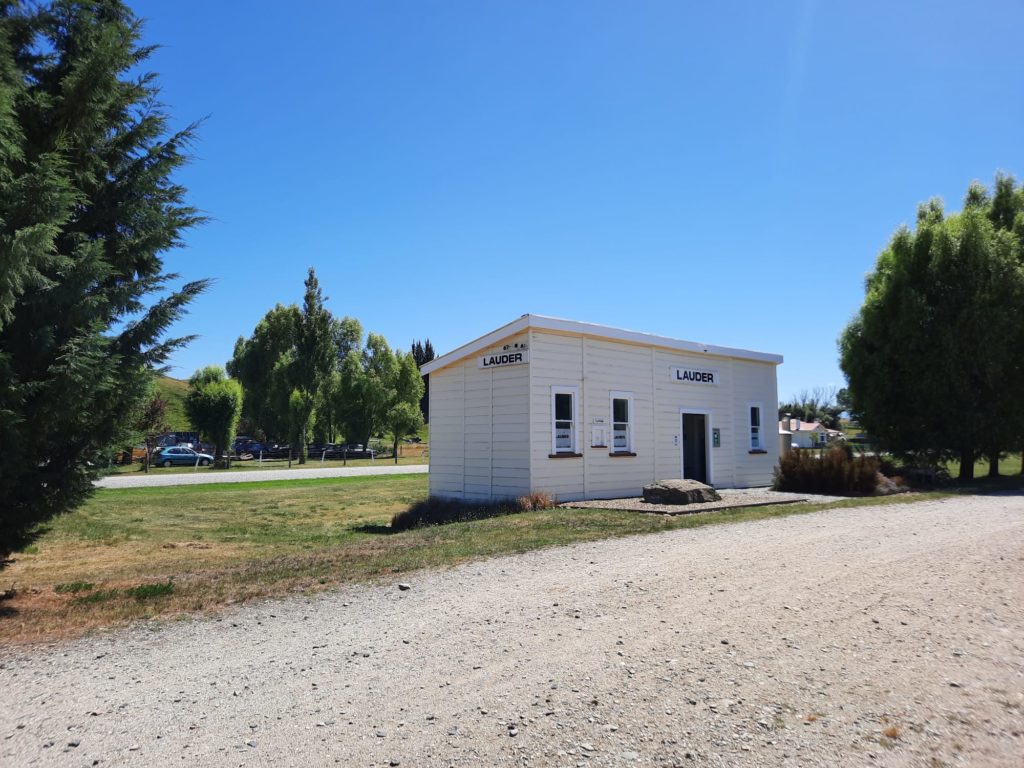
Tips For Visitors To Central Otago
- Like the Catlins, you will need your own mode of transport to make the most of Central Otago. There are buses to some major towns, but not to the smaller ones. There is an Otago Goldfields Heritage Trail which you can cover by car. Or the Otago Central Rail Trail I mentioned before. This follows the route of a dismantled railway, and is predominantly a cycle path. Various companies offer packages with equipment and accommodation.
- As mentioned at the outset, Central Otago covers almost 10,000 square kilometres. So you can’t see everything in one trip. Unless you have a lot of time or move at the speed of light. My advice here is to take your time. You can get a reasonable sense of the region’s gold rush heritage from just a few sights. And there’s a lot to enjoy about Central Otago when you’re not nerding out. Make sure you pack a swimsuit and try out some of the lakes, rivers or swimming dams in the area (with all the usual safety disclaimers).
- A good way to narrow down your options could be what type of trip you want aside from the history. Do you want to be active (maybe Queenstown as a base in that instance or the Rail Trail)? Is wine your thing? Do you want to try your hand at gold panning? All of these and more are possible, so get planning!
Trending
If you see this after your page is loaded completely, leafletJS files are missing.


4 thoughts on “Central Otago’s Gold Rush Sights: A Historian’s Guide”